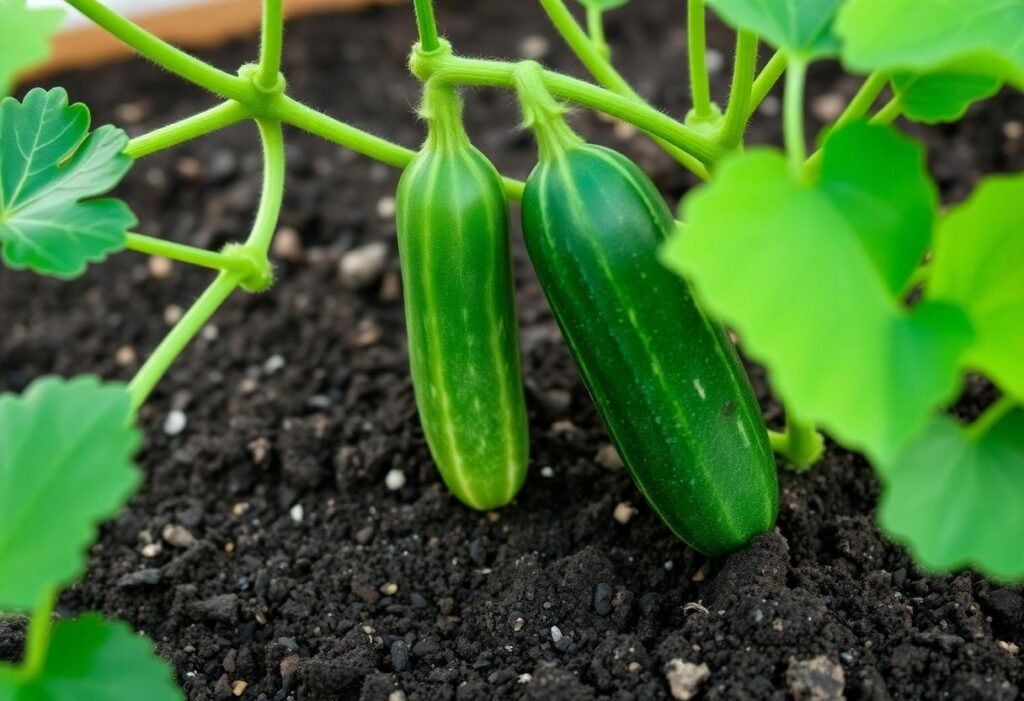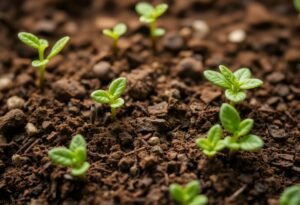Why is Fertilizing Cucumber Plants Important?
Fertilizing cucumber plants is vital for their healthy growth and productivity. Cucumber plants require an adequate supply of nutrients to flourish and produce tasty fruits. Without proper fertilization, your plants may become weak, leading to unsatisfactory yields. Investing time in their care will pay off with juicy, delectable cucumbers.
Essential Nutrients for Cucumbers
Cucumber plants primarily need three key nutrients: nitrogen, phosphorus, and potassium. Proper fertilization should deliver these essential ingredients, allowing your plants to thrive. Nitrogen is crucial for leaf growth, phosphorus promotes strong root development, and potassium aids flowering and fruiting. Selecting the right fertilizer is key to success in your cucumber garden.
Types of Fertilizers for Cucumber Plants
There are various types of fertilizers available that can be used for cucumber plants. You can opt for organic fertilizers, like compost and manure, or synthetic options. Generally speaking, organic fertilizers tend to be gentler on the environment and enrich the soil, while synthetic ones can provide nutrients quickly. It’s a good idea to experiment with different types of fertilizers to find the best solution for your needs.
How Often Should You Fertilize Cucumbers?
The frequency of fertilizing cucumber plants depends on the type of fertilizer chosen and the condition of the soil. Typically, it’s advised to fertilize every 4-6 weeks during the growing season. If you’re using organic fertilizer, you may do this less frequently as the soil becomes enriched with nutrients. Remember not to overdo it, as this can lead to plant toxicity.
Optimal Conditions for Growing Cucumbers
Cucumber plants thrive in warm, sunny locations and well-draining soil. The soil pH should range between 6.0 and 6.8. It’s also a good idea to incorporate organic matter into the soil to help maintain moisture and support root development. Fertilizing your cucumber plants under optimal conditions will yield better results.
Using Liquid Fertilizers
Liquid fertilizers are a great option if you want to quickly supply essential nutrients to your plants. You can apply them in several ways: through watering or spraying. However, remember to follow the manufacturer’s instructions to avoid over-fertilizing. Liquid fertilizers can be applied every few weeks, but always ensure your plants are well-watered beforehand.
Care Tips During Fertilization
While fertilizing your cucumber plants, remember to water regularly and keep the area clean. Your plants will thank you with healthy growth and abundant yields. Also, maintain cleanliness around the plants by removing weeds that compete for nutrients. Proper fertilization combined with diligent care will ensure the healthiest crops.
Conclusion
Fertilizing cucumber plants is a critical component of garden care that brings immense satisfaction. Keep in mind the nutrients needed, the type of fertilizer, and optimal growing conditions. Don’t hesitate to explore various fertilizing methods to tailor them to your needs. Take a step toward healthier plants, and enjoy the incredible, crunchy cucumbers!
Disclaimer
This guide provides general information. It’s important to test new methods on small samples of plants, and when in doubt, consult a gardening expert.

















